Effects of diet quality in mice
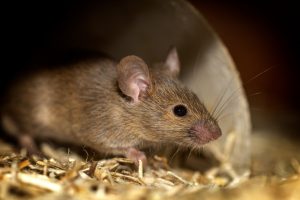 Isolated habitats such as islands can only offer limited resources. This usually has a major impact on the evolution of island species. In small, rapidly reproducing rodents, such as mice, morphological changes can occur within less than 100 generations after colonization of an island habitat. Changes in body size have already been observed, as well as changes in the shape of the snout and even the size and shape of the teeth. Food availability and/or type of available food has been identified as one of the causes.
Isolated habitats such as islands can only offer limited resources. This usually has a major impact on the evolution of island species. In small, rapidly reproducing rodents, such as mice, morphological changes can occur within less than 100 generations after colonization of an island habitat. Changes in body size have already been observed, as well as changes in the shape of the snout and even the size and shape of the teeth. Food availability and/or type of available food has been identified as one of the causes.
The aim of our study (Hansen et al. 2025 Journal of Experimental Biology) was to investigate the effect of food quality on the masticatory apparatus of house mice. The animals were kept in groups with different food quality under semi-natural conditions and the anatomy was then compared. First, the masticatory musculature was dissected and the potential force producing capacity of the muscles quantified. Subsequently, the shape of the mandible was analyzed quantitatively using 3D geometric morphometrics.
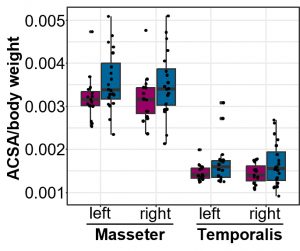
The results show differences between the individuals of the standard quality diet group (SQ, lower calorie content) and those of the high quality diet group (HQ, higher calorie content). The masticatory muscles of the SQ group have a larger anatomical cross-sectional area, which correlates with the potential force producing capacity of the muscles. Furthermore, the mandibles of the SQ group are more robust (i.e. sturdy). In principle, there is a functional correlation between powerful muscles and robust bones to which the muscles attach. To consume the same amount of calories, animals in the SQ group have to eat and therefore chew more than animals in the HQ group. This results in stronger muscles and stronger bones.
It is also interesting to note that a change in food quality in the next generation did lead to a change in the masticatory muscles. However, the shape of the mandible was only slightly affected. This could indicate that the shape of the bone is already epigenetically fixed. Further epigenetic studies, such as DNA methylation or histone modification, are necessary to confirm this hypothesis.
The pilot study, which was carried out together with Prof. Dr. Anja Guenther (currently University of Hildesheim, formerly Max Planck Institute for Evolutionary Biology in Plön), forms the basis for the doctoral project subsequently developed by the jointly supervised doctoral student Ekaterina Gorshkova (Böhmer Research Group, Zoology and Functional Morphology of Vertebrates, Zoological Institute, Christian-Albrechts-Universität zu Kiel, Germany).
Reference: *(co-)supervised student
Hansen L*, Winkler DE, Guenther A and Böhmer C (2025) Effects of diet quality on the musculoskeletal system of the masticatory apparatus in Mus musculus domesticus Journal of Experimental Biology DOI: 10.1242/jeb.249735
Michaux J, Cucchi T, Renaud S, Garcia-Talavera F and Hutterer R (2007) Evolution of an invasive rodent on an archipelago as revealed by molar shape analysis: the house mouse in the Canary Islands. Journal of Biogeography 34, 1412-1425. DOI: 10.1111/j.1365-2699.2007.01701.x
Pergams ORW and Ashley MV (2001) Microevolution in island rodents. Genetica 112, 245-256. DOI: 10.1023/A:1013343923155
Renaud S, Auffray J-C and de la Porte S (2010) Epigenetic effects on the mouse mandible: common features and discrepancies in remodeling due to muscular dystrophy and response to food consistency. BMC Evolutionary Biology 10, 28. DOI: 10.1186/1471-2148-10-28

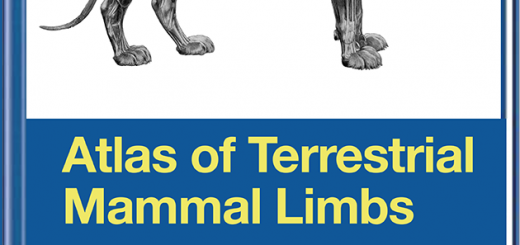
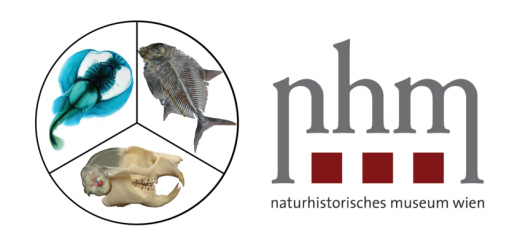
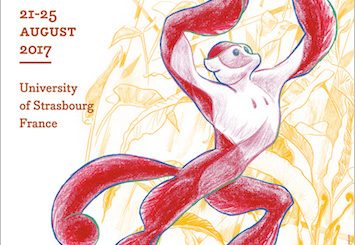
Neueste Kommentare